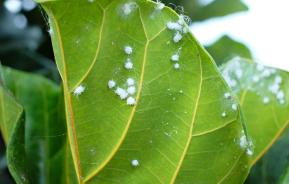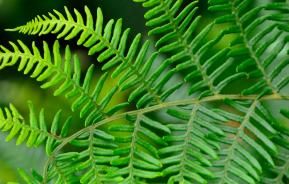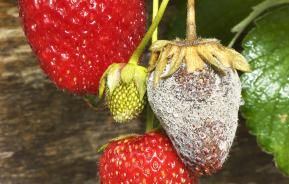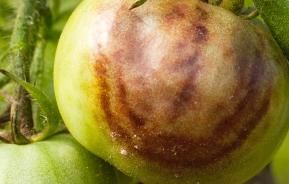Plants can wilt for a number of different reasons. These range from simply drying out to be attacked by a fungal disease that prevents the roots from absorbing water. A little investigation and insider information on how the plant has been grown should identify the reason.
Description of wilting in plants
Physical wilts
Most plants need a constant supply of water that is absorbed by the roots. If this supply is interrupted for some time, the plant starts to shut down and wilts. If no further water is received, the plant may start to drop its leaves and then finally die.
The lack of water could simply be that the soil or compost the plants are growing in has dried out to such an extent, that no water is available for the roots to absorb. If the soil or compost remains dry, then the roots will start to die, at which point, even watering will not allow the plant to recover.
Interestingly, too much water has the same effect. In waterlogged and flooded soils and compost, the water drives out the air, and as roots need air to breathe, they suffocate and die - literally drowning in water.
Some plants, such as clematis, have very brittle stems that are easily broken. Other plants wilt because their stem becomes damaged. This prevents water from reaching the parts of the plant above where the damage has occurred.
Disease wilts
Other wilts are a result of diseases. These can either be diseases that kill the roots, or they get into the water-conducting vessels inside the plant (the xylem) and literally clog them up so that water can't move inside the plant. These diseases include:
Verticillium wilt is caused by soil-borne fungi, which enter the roots and grow upwards in the xylem. It affects a wide range of plants.
Peony wilt is an infection of the leaves and stems, which causes these and the flowers to wilt.
Phytophthora root rot is caused by a fungus-like organism. As its name suggests, it rots the roots of a wide range of plants, causing them to wilt.
Clematis wilt is a fungal disease, which is often blamed for clematis wilting – but the most likely culprit is physical damage to the brittle stems.
Pest wilts
Any pests that eat the roots of plants, such as vine weevil and leather jackets, can cause the plant to wilt.
Symptoms
Gradually – or sometimes suddenly – plant leaves, stems and flowers, start to droop. This is then followed by the plant collapsing and eventually all the leaves either dropping off or turning brown and the whole plant eventually dies.
If the wilting is a result of damage to the stem, only those parts above the damage will be affected – all those parts below will carry on growing normally.
Treatment and control
If wilting is due to a lack of water at the roots, carefully re-water the soil or compost. Overwatering and flooding the growing medium can cause further root damage, which then leads to further wilting.
If it is due to damage to the stems, prune out all those parts that are affected. Give the plant a good feed with general plant food to aid recovery.
Wilt disease treatment can be difficult to control and there are no chemical controls available. Depending on how much damage has been caused, the plant may be past saving. Giving a liquid feed or, better still a foliar feed – including tonics based on seaweed – may help recovery. Phytophthora root rot is associated with wet, waterlogged and flooded soil, so aim to improve the drainage.








